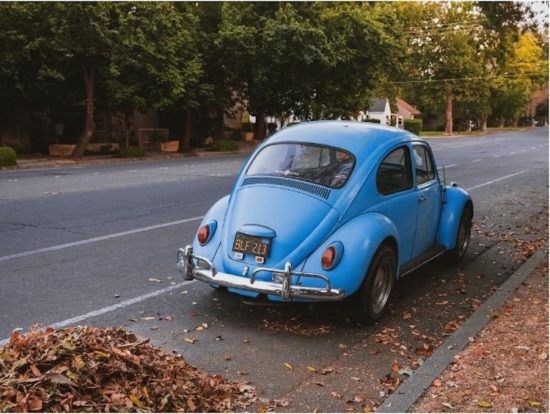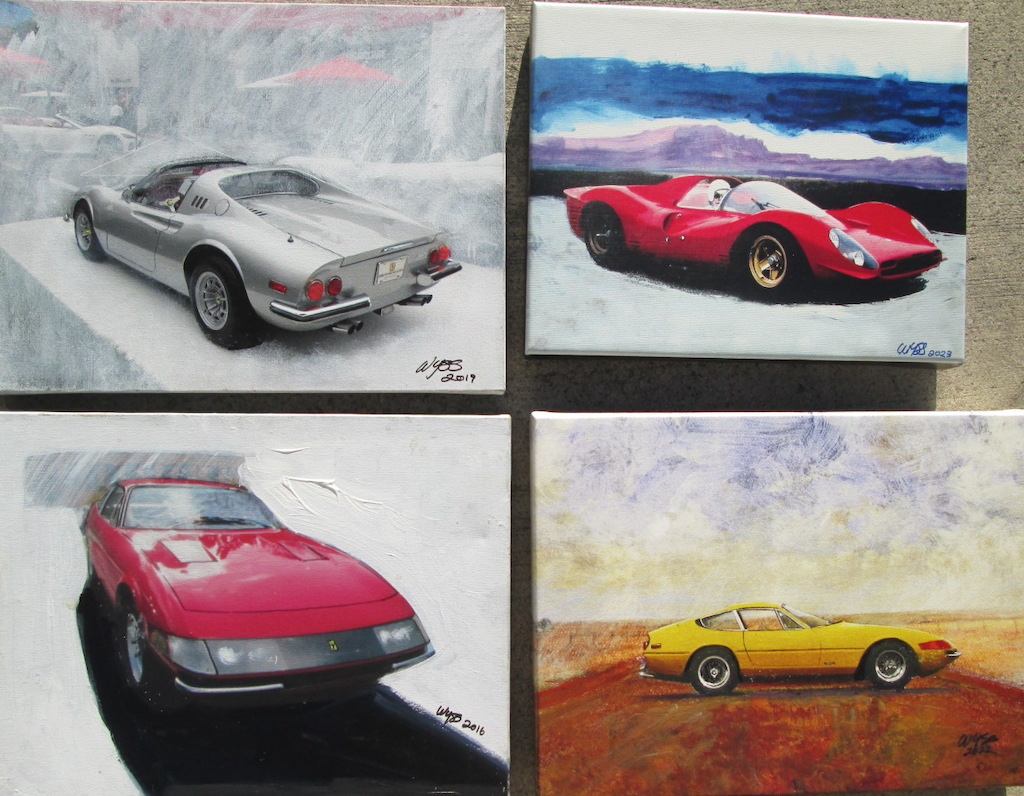How valuable could your car be? Given how the used car market has changed in the last couple of years, you might be shocked at how much it’s worth now. The average new car will immediately depreciate in value the second you leave the dealership, but what about used cars? As it turns out, some models are worth twice what you’d expect to see. There are several different factors responsible for this phenomenon, but they’re all connected to the pandemic one way or another.
Anyone who’s looking for a used car won’t have an easy time finding one – not if they’re looking for something cheap, anyway. Those who are selling their cars, however, will probably be surprised by how much they’re able to get for it. This has led to people turning their used cars into cash with a company like Cash for Cars; in that case, the vehicle doesn’t even have to be all in one piece. They also sell their older vehicles in order to buy a new one. This seller’s market has been two years in the making, and won’t disappear anytime soon; at the very least, there probably aren’t any more drastic price spikes or supply disruptions on the horizon. What circumstances conspired to create this situation in the first place, though? Let’s get into the details.
Accidental savings during lockdown got spent on used vehicles
If you stopped spending money on restaurants, vacations, or social activities, how much would you save? Some people ended up saving enough to buy a used car. For some it was a bit of a splurge, as they went for the sportier models. For others, it was simply a way to put their savings to good use. At any rate, this meant that used cars were being bought faster than they were entering the market, which naturally contributed to rising prices.
This mainly took place in 2020, once the worst of the pandemic-related restrictions were over. This isn’t impacting the used car market so much now that buying patterns have evened out somewhat, but it certainly helped drive up used car prices in the beginning.
Certain supply channels dried up
Used cars don’t just come from people who decide to trade in their old vehicle for a newer model; they also come from car leasing companies, for example. As it became clear that new cars were getting harder to find (more on that later), leasing companies started keeping their fleets rather than switching out older models. Since they were a pretty significant source of used cars for dealerships, this had an impact on the overall used car supply.
Another supply channel came from new car dealerships. Yes, that’s right – some vehicles practically went straight from one dealership to another. There’s a lot of pressure from manufacturers to get rid of enough inventory to be able to accept a certain number of new cars each year, which results in a high turnover rate for service loan fleets and demonstration vehicles. Some retailers even self-register vehicles in order to make the numbers look good.
This last supply channel is essentially fake, but it still resulted in a steady supply of “used” cars for that particular market. And of course, once it dried up, scarcity created value.
People started buying used cars so they wouldn’t have to take public transport
If you don’t want to take a subway, taxi, or bus, what are your options? Pick up a bike, or find a used car for sale. The last option is what a lot of people did – and they all did it at once. Demand was especially high for small, inexpensive vehicles that wouldn’t put too much of a hole in someone’s bank account; they were snapped up very quickly. People were also looking for slightly older cars that may have higher mileage, but could also be depended on to last for a while. In urban centers, like Los Angeles, many sought to get cash for junk cars in Los Angeles to use the funds towards acquiring these slightly older models. Now that the market is so competitive, the easiest ones to find are either pricey, old, or unnecessarily high-end.
There was a severe shortage of semiconductors
Among many other supply shortages, a lack of semiconductors has put the car industry through a loop. The average car needs about 2,000 semiconductors, and there definitely isn’t an alternative for this part. Since the global supply has been severely impacted by the pandemic, this has had a huge effect on car manufacturing – and probably will until at least 2023, according to experts. To make matters worse, automobiles aren’t the only things that need semiconductors; phones, entertainment and gaming systems, and many other items require them as well. Unfortunately, since the automotive industry doesn’t use that many semiconductors compared to other industries, they don’t have priority in getting their hands on the limited semiconductors that are currently being produced.
There was a buying surge when pandemic restrictions were lifted
Buying used cars isn’t exactly a necessity of life, so when restrictions stated that only necessary activities could be performed, that put a serious dent in used car sales. Once those restrictions started easing up, though, everyone who had been waiting to buy a used car went to the dealerships to see what was available. Since so many people had the same idea, though, there wasn’t exactly a lot to choose from after a while. Car prices weren’t necessarily higher than usual at first, but as demand increased, so did the price tags. Car purchases that had been delayed for weeks, or even months for some people, started happening in a short space of time; the price hikes were inevitable.
Are there any big changes in store for the used car market?
It’s likely that things will stay the same for the time being; after all, the factors that are responsible for the current used car market have held steady for a while now. If you’re looking for a used car, you might have to pay more than expected; if you’re selling one, though, you could end up with a nice chunk of change afterwards.



Speak Your Mind